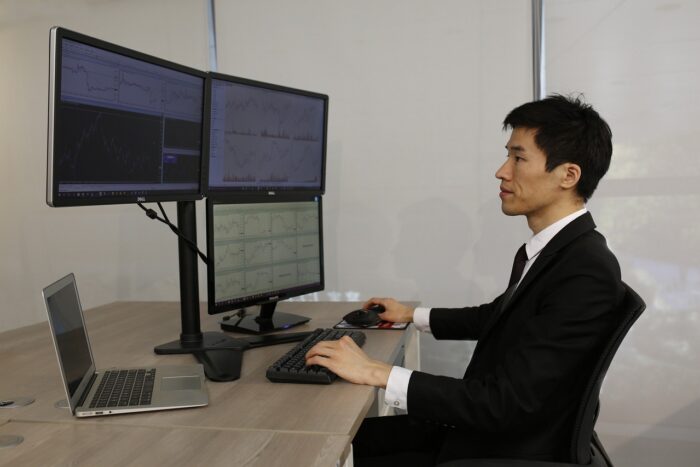
The best treatment for lumbar spine issues depends on the specific condition and its severity, as well as the individual patient’s health status and preferences.
Here are general treatment approaches for common lumbar spine conditions…
Conservative (Non-Surgical) Treatments
- Rest and Activity Modification
- Rest – Short-term rest to prevent further strain, but avoid prolonged inactivity.
- Activity Modification – Gradually resume activities, avoiding heavy lifting and twisting.
- Medications
- Nonsteroidal Anti-Inflammatory Drugs (NSAIDs) – Ibuprofen (Advil, Motrin) or naproxen (Aleve) to reduce inflammation and pain.
- Acetaminophen (Tylenol) – For pain relief without anti-inflammatory effects.
- Muscle Relaxants – Cyclobenzaprine (Flexeril) or methocarbamol (Robaxin) for muscle spasms.
- Prescription Pain Medications – For severe pain, stronger medications like opioids may be used short-term.
- Topical Pain Relievers – Creams or patches with NSAIDs, lidocaine, or capsaicin.
- Physical Therapy
- Exercises – Strengthening the core and back muscles, improving flexibility, and promoting proper posture.
- Manual Therapy – Techniques to reduce pain and improve function.
- Education – Learning proper body mechanics and posture.
- Hot/Cold Therapy
- Cold Therapy – Ice packs to reduce inflammation (15-20 minutes several times a day).
- Heat Therapy – Heating pads or warm towels to relax muscles and improve blood flow (15-20 minutes at a time).
- Alternative Therapies
- Massage Therapy – Reducing muscle tension and improving circulation.
- Acupuncture – Some patients find relief with acupuncture.
- Chiropractic Care – Adjustments to align the spine and reduce pain.
- Lifestyle Changes
- Weight Management – Reducing body weight to decrease stress on the spine.
- Healthy Diet – Anti-inflammatory foods like fruits, vegetables, nuts, seeds, and fatty fish.
- Regular Exercise – Low-impact aerobic activities like walking, swimming, and cycling.
Minimally Invasive Procedures
- Epidural Steroid Injections
- Corticosteroid injections to reduce inflammation and pain in the epidural space.
- Nerve Blocks
- Injections to block pain signals from specific nerves.
- Radiofrequency Ablation
- Using heat to destroy nerve fibers carrying pain signals.
Surgical Treatments
- Microdiscectomy
- Removal of part of a herniated disc to relieve nerve pressure.
- Laminectomy
- Removal of part of the vertebra (lamina) to create more space for the spinal cord or nerves.
- Spinal Fusion
- Fusing two or more vertebrae together to stabilize the spine.
- Artificial Disc Replacement
- Replacing a damaged disc with an artificial one.
Comprehensive Approach
- Diagnosis and Evaluation
- Proper diagnosis through imaging (X-rays, MRI, CT scans) and clinical evaluation.
- Identifying the specific cause of lumbar spine pain.
- Multidisciplinary Care
- Coordinated care involving primary care physicians, pain specialists, physical therapists, and orthopedic or neurosurgeons.
Summary
- For Mild to Moderate Conditions – Conservative treatments like medications, physical therapy, and lifestyle changes.
- For Severe or Persistent Conditions – Minimally invasive procedures or surgery may be necessary.
Always consult with a healthcare professional to determine the best treatment plan for your specific condition and ensure it is tailored to your individual needs and health status.
Related Posts
What Are The Disadvantages Of Lumbar Support?
On
November 19, 2024
How Should I Sit To Avoid Lumbar Pain?
On
August 21, 2024
Is Walking Good For Lower Lumbar Pain?
On
August 24, 2024
Does Walking Help Lumbar Back Pain?
On
July 4, 2024



